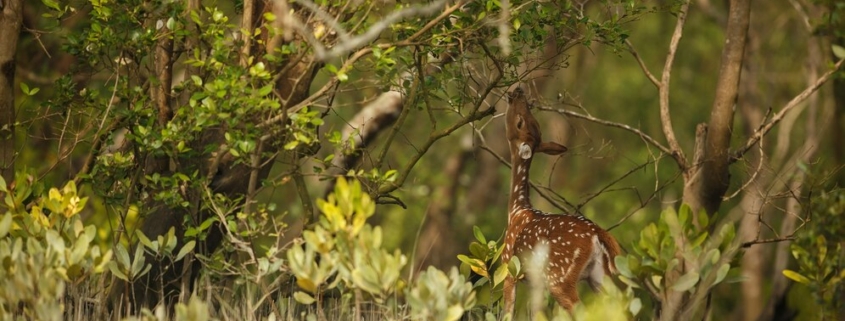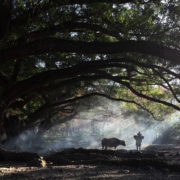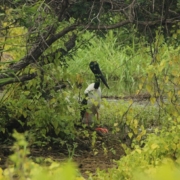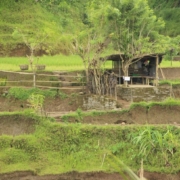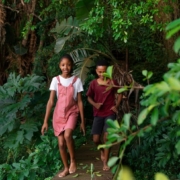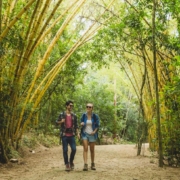Best Time to Visit the Sundarbans: Choosing the Ideal Season for Your Trip
The Sundarbans, a UNESCO World Heritage Site, is a mesmerizing delta region in West Bengal, India, known for its unique mangrove forests, diverse wildlife, and intricate network of waterways. This region, where the Ganges, Brahmaputra, and Meghna rivers converge, offers a captivating blend of natural beauty and rich biodiversity. Choosing the best time to visit the Sundarbans is crucial for making the most of your trip, whether you are interested in Sundarban eco tourism, a Sundarban Kolkata tour, or a Backpackers Sundarban tour.
Understanding the Seasons in the Sundarbans
The Sundarbans experiences a tropical climate, with distinct seasonal variations that can influence your travel experience. Here’s a breakdown of the seasons and their impact on your visit:
- Winter (November to February): Winter is considered the best time to visit the Sundarbans. The weather during these months is cool and pleasant, with temperatures ranging from 10°C to 25°C (50°F to 77°F). This is the ideal time for Sundarban eco tourism, as the comfortable climate allows for enjoyable boat rides, wildlife spotting, and exploration of the mangrove forests without the oppressive heat. Wildlife is more active during this period, and there are higher chances of spotting the elusive Royal Bengal Tiger.
- Summer (March to June): Summer in the Sundarbans can be quite hot and humid, with temperatures soaring between 30°C and 40°C (86°F to 104°F). While this season is less popular due to the intense heat, it does offer a unique experience for those who prefer fewer crowds. If you are a Backpackers Sundarban tour enthusiast looking for a more adventurous and less commercialized experience, summer might be an intriguing choice. However, be prepared for high temperatures and potential discomfort due to humidity.
- Monsoon (July to October): The monsoon season brings heavy rainfall to the Sundarbans, with frequent and intense showers that can cause flooding and make travel challenging. While the lush greenery and rejuvenated rivers create a picturesque setting, the heavy rains can disrupt boat tours and other activities. For those interested in Sundarban Kolkata tours, it’s essential to check weather conditions and travel advisories before planning a visit during the monsoon season. Travelers who enjoy nature’s dramatic displays and are prepared for possible disruptions might find this period appealing.
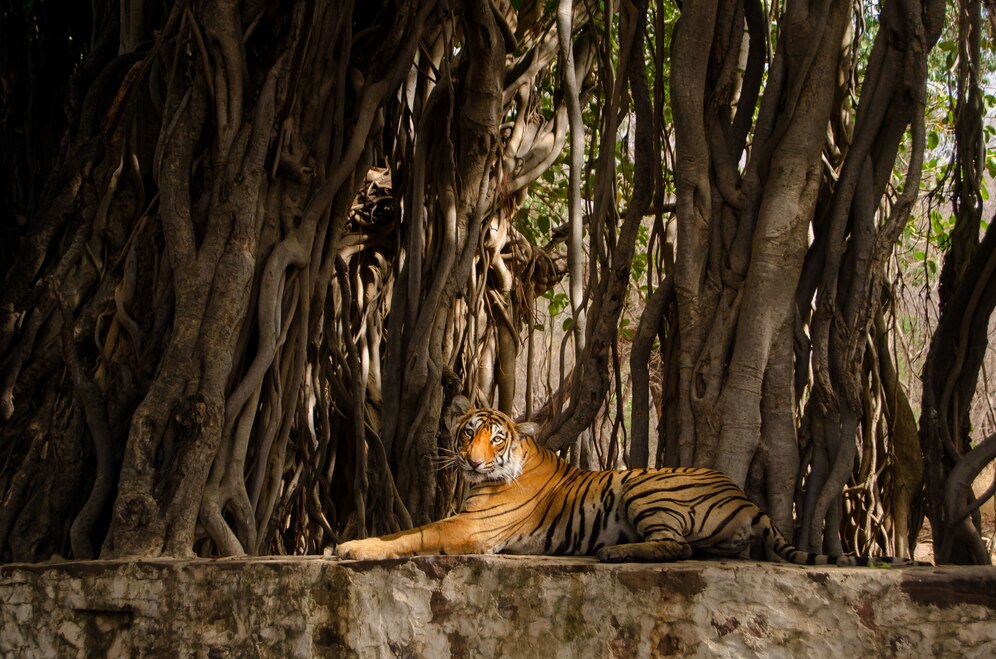
Planning Your Trip: Tips for Different Tours
- Sundarban Eco Tourism: For eco-tourists focused on sustainability and experiencing the region’s natural beauty, visiting during the winter months is ideal. The cooler weather enhances outdoor activities such as wildlife safaris, bird watching, and exploring the mangroves without the heat. Many eco-tourism packages during this period also offer comfortable accommodations and guided tours that emphasize conservation and responsible tourism practices.
- Sundarban Kolkata Tour: If your visit to the Sundarbans is part of a broader Sundarban Kolkata tour, the winter season is still the best choice. The pleasant weather makes it easier to combine a visit to the Sundarbans with exploring Kolkata’s cultural attractions. Winter offers a comfortable climate for travel between the bustling city and the serene delta, allowing you to enjoy both urban and natural experiences.
- Backpackers Sundarban Tour: Backpackers who seek adventure and are comfortable with more rugged conditions might consider visiting in the summer. Although the heat can be challenging, summer offers an opportunity to experience the Sundarbans in a more raw and unfiltered manner. This season is also less crowded, which can be appealing to travelers looking for solitude and a deeper connection with nature.
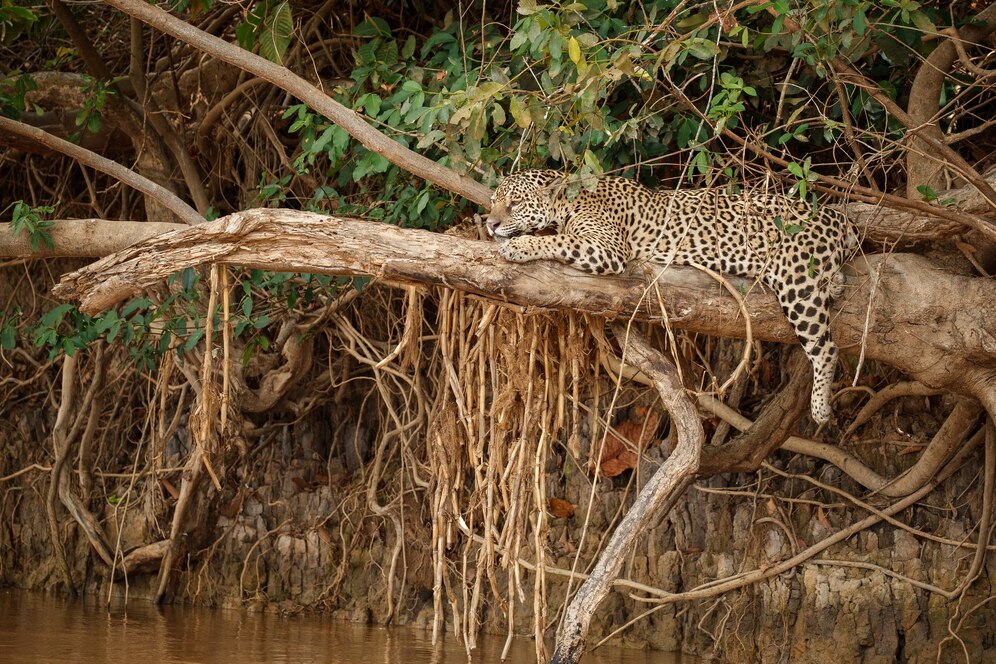
Conclusion
The Sundarbans is a unique destination that offers different experiences depending on the season. For most travelers, winter is the best time to visit due to its pleasant weather and optimal conditions for wildlife viewing and eco-tourism. However, summer and monsoon seasons also provide distinct experiences for those who are well-prepared for the challenges these seasons present. Whether you are interested in Sundarban eco tourism, a comprehensive Sundarban Kolkata tour, or a daring Backpackers Sundarban tour, choosing the right time to visit will enhance your experience and ensure you make the most of this extraordinary region.
FAQs
Can I visit the Sundarbans during the summer?
Yes, you can visit the Sundarbans during the summer (March to June), but be prepared for high temperatures and high humidity, with temperatures ranging from 30°C to 40°C (86°F to 104°F). This season is less popular due to the heat, but it can offer a more solitary and adventurous experience, especially for Backpackers Sundarban tour enthusiasts.
Is the monsoon season a good time to visit the Sundarbans?
The monsoon season (July to October) brings heavy rainfall, which can lead to flooding and make travel challenging. While the lush greenery and rejuvenated rivers are attractive, the intense rain can disrupt tours and activities. If you choose to visit during this period, check weather conditions and travel advisories carefully.
What should I consider when planning a Sundarban Kolkata tour?
For a Sundarban Kolkata tour, the winter season is ideal. The pleasant weather facilitates comfortable travel between Kolkata and the Sundarbans, making it easier to explore both urban and natural attractions. Winter also enhances outdoor activities and wildlife spotting in the Sundarbans.
What are the advantages of visiting the Sundarbans during the winter?
Winter (November to February) offers the most favorable conditions for exploring the Sundarbans. The weather is cool and comfortable, which is ideal for wildlife viewing, boat tours, and eco-tourism activities. This season also provides better visibility and accessibility for travelers.
Are there any special preparations needed for a Sundarban eco tourism trip?
For Sundarban eco tourism, winter is the best time due to its pleasant weather and optimal conditions for outdoor activities. Ensure you pack appropriate clothing for cooler temperatures, and consider bringing binoculars for wildlife watching. Additionally, choose eco-friendly tours and accommodations that emphasize conservation and responsible tourism.

